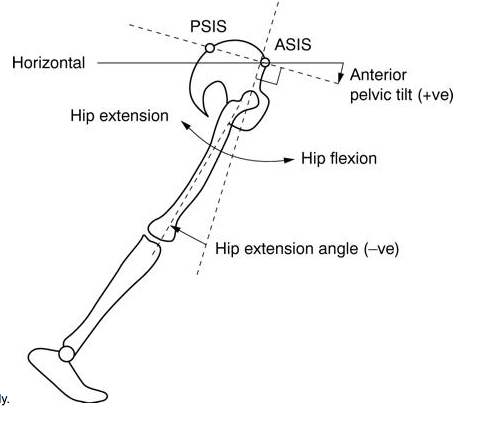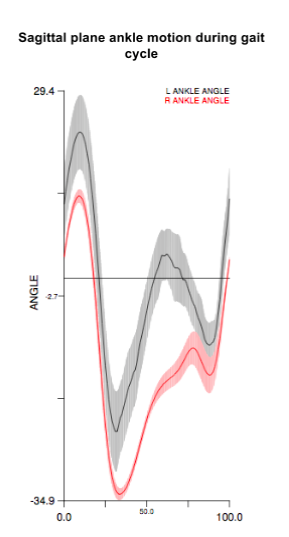Endurance Physio is very excited to be partnering with the University of Montana Movement Science Lab in order to offer 3D running analysis services to aid in injury rehabilitation, prevention, and performance enhancement. Anya would like to share one pice of her personal 3D running analysis that has been beneficial in improving her running experience.
During the running analysis. Photo by Tom Robertson
As an avid trail runner and physical therapist, I am constantly evaluating my running mechanics, and any possible asymmetries that could be contributing to my aches/pains that surface during training. For the past 4 years, I had been able to feel my running gait change in symmetry, but I hadn't quite been able figure out what I'm doing. In the meantime, I had developed significant right achilles and right sided low back pain, which I believe is related to my faulty running mechanics. I had been able to manage this pain so that I could continue running, but the overall trend had been gradual increased pain, which was making me nervous.
I had been working on functional hip and core stabilization, which had improved my low back pain to a degree. I had also been doing eccentric heel raises diligently for my achilles tendinopathy with some improvements, but I could tell I was missing something.
I have been fortunate enough to be working with Dr. Ryan Mizner, PT, PhD in the UM Movement Science Lab on implementing the use of a 3D camera system as a tool for in-depth biomechanical movement analysis of athletes. In the process, I was able to collect data on my own running mechanics and analyze the results to see if I could gain some new insight and decrease my pain.
My results revealed some abnormalities that I had already suspected (which I will not go into at this time), but one finding in particular has really helped me make a few slight alterations that I believe have improved my low back pain and achilles symptoms.
The image below is one of the significant findings from my 3D running analysis. The graphs that we generate can be tricky to understand, but the point is, my right (the red line) is quite different than my left (gray line). The circled peak at the bottom of the curve indicates my peak hip extension, the angle between the pelvis and thigh, as the leg advices backwards during the gait cycle (see image to the left).
You can see that my left side is about 5 degrees whereas my right side does not actually pass neutral (the dark horizontal line). Ideally, they would both be at 10-20 degrees. If you watch me run, you would likely not notice this difference because I have been able to find compensatory movement patterns to get that right leg behind me. Because my thigh was not extending at the hip, I was likely tilting my pelvis forward and arching my back causing excessive compression and pain.
This finding relates to another asymmetry that I discovered at my ankle. The graph below depicts my ankle motion. You can see that the red line, depicting my right ankle (red) is consistently below my left (gray). Therefor, I am constantly in a more plantar-flexed (toe pointed) position throughout the entire gait cycle, indicating excessive use of my calf and achilles for shock absorption and push-off. No wonder my achilles was sore! This may have resulted in or have been a product of my lack of hip extension. This makes more sense if you try the following activity: Stand in a staggered stance with your left foot about 2 feet in front of your right with your right heel on the ground. You will notice that your right ankle is relatively dorsi-flexed (opposite of plantar-flexed, so pointed back), and your right hip is relatively extended. If you lift your heel off the ground, you will notice 2 things: your ankle will be less dorsiflexed, and your hip will be less extended. Get it?
As it turns out, these asymmetries were primarily due to faulty movement patterns that I had developed as opposed to mobility deficits. With this knowledge, all I had to do was consciously think about landing with less point in my right foot, keeping my right heel on the ground a little longer, and allowing my hip to extend with my glut while keeping my core engaged. It may sound like a lot to think about, but a few drills helped solidify this movement change. To my surprise and delight, I have significantly less achilles and back pain.
If you have any interest in a 3D running assessment, call Endurance Physio to discuss you options. We might be able to help you discover some useful information...and you can even get in a glamorous sweat shot if you want;)
Anya, post-running analysis. Photo by Tom Robertson
Feel free to email me at endurancephysioanya@gmail.com with any questions or comments.
Thanks for reading!




